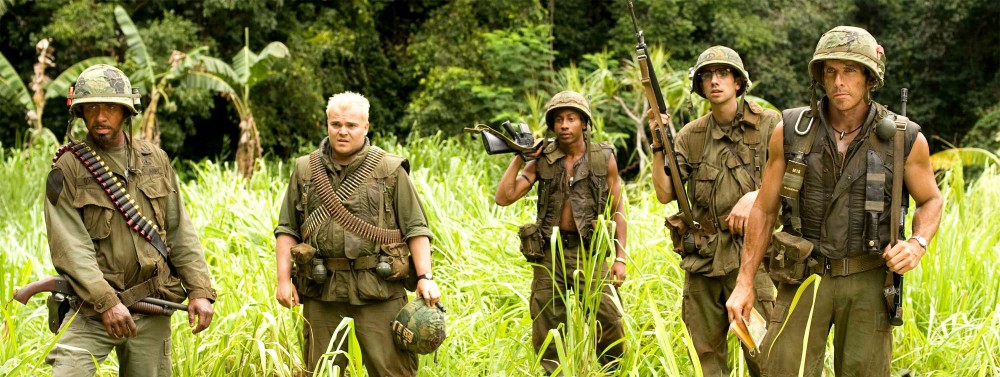The Watermelon Woman is a film by Cheryl Dunye that chronicles her quest to film a documentary about a black actress from the 1930s named Fae Richards. The film was funded independently with a budget of $300,000 and was the first feature film directed by a black lesbian (IMDb.com). Although The Watermelon Woman is very low budget and features some unusual subject matter, I thought Dunye was courageous in her attempt to shed light on the history of lesbian culture and the struggles they have faced while living in America.
In our lecture on Wednesday, Daniel put up a slide that listed the claims of The Watermelon Woman. The first claim is that “cinema is a way of creating and validating personal identity” (Platt). One of the most important aspects of the film is how Dunye’s life parallels the life of her subject, Fae. Both Dunye and Fae are in a relationship with a white woman and struggle with discrimination against interracial relationships. I believe Dunye made up Fae’s character as a way to find validation of her own actions and beliefs. She idolizes Fae for being a resilient and strong lesbian especially because of the time period of which she lived. Dunye’s relationship takes places decades later, but is still under the same scrutiny as Fae’s. I think that Dunye wanted to show how discrimination against lesbians and interracial couples has not changed since Fae’s time.
The second claim is that “American Film History does not represent the history and lived experiences of African Americans or LGBT people” (Platt). The fact that it was not until 1996 that a black lesbian directed a feature film speaks volumes to this claim. African Americans and LGBT people have always been discriminated and misrepresented, especially in the media, and Dunye making the Watermelon Woman helps to represent and perpetuate some of those lived experiences. I also believe Dunye used The Watermelon Woman as a way to show how even other lesbians are discriminatory towards each other. Her best friend Tamara, who is also lesbian, continuously berates Cheryl about her interracial relationship and how she is “trying to be white.” Dunye wanted to shed light on the fact that criticism is still abundant even within the LGBT community.
The third claim is that “when your history seems to be absent, you either have to dig it up or create a totally new history” (Platt). By the end of the film, Dunye realizes that her quest to tell Fae’s story was actually a pursuit to tell the story and history of black lesbians in Hollywood and American culture. Dunye initially focused on the story of Fae, but soon realized that Fae’s story is extremely similar to the stories of thousands of black females today. After meeting with June Walker, she tells Dunye that she needs to shift the documentary from focusing on Fae to telling the history of the lesbian community.
I really enjoyed The Watermelon Woman because it help shed light on a community that I did not know much about previously. I think Dunye did a great job of balancing herself as the protagonist and relating her life to the struggles and obstacles of Fae’s.
